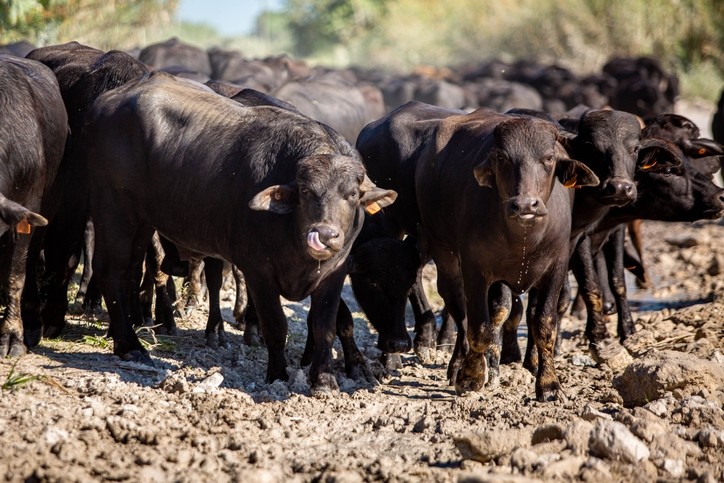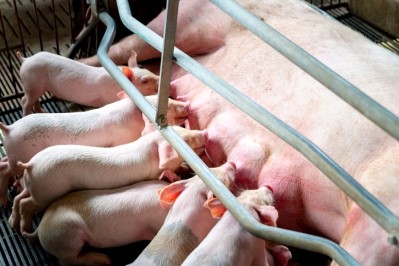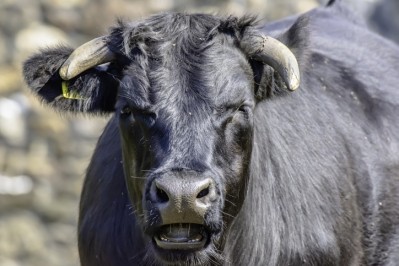Mexico: Feed prices allow for livestock production growth, genetic focus

The US Department of Agriculture (USDA) released new information regarding feed use and livestock production in Mexico in a report from the Foreign Agricultural Service (FAS) on Friday.
Increasing livestock production in Mexico has been supported by the movement toward vertical integration in production and improved biosecurity, the FAS reported. Stable feed prices and better zoo-sanitary conditions suggest that the expansion will continue.
Feed price consistency has allowed livestock breeders to seek better genetics, the agency said.
“Feed prices did slightly fluctuate in the last two quarters of 2019, but industry expects overall grain and feed price stability to prevail through 2020,” the agency said. “The stability in feed prices as well as steady domestic livestock prices allow producers to focus their operations more on breeding than slaughtering.”
Livestock production
In marketing year (MY) 2020, beef production is expected to reach 2.1m metric tons (MT) and consumption is expected to reach 1.9m MT, the FAS said. Industry growth from 2015 through 2019 averaged about 2% annually, despite changes in prices for feed and grains.
“The Mexican beef industry has kept a steady pace of investments, adaption of new and improved production practices, as well as improved technology to stimulate the beef production sector,” the agency said.
Swine production in MY 2020 is anticipated to be a 20.3m head based on increasing consumer demand and supported by vertical integration of producers, the agency said. Pork production is forecast to reach 1.47m MT.
“According to industry studies, pork consumption has increased as a share of domestic consumption from 28% to close to 32%, with poultry retaining the biggest share at over 60%,” the agency said.
Trading markets
During the 2018-19 export cycle, Mexico’s exports of cattle to the US reached 1.313m animals – an increase of 17.6% from the previous year, the FAS said. Trade has been valued at more than $760m.
Trade is expected to continue expanding, if more slowly, during MY 2020, the agency said.
A pilot program has been established to regulate trade and improve zoo-sanitary status in live cattle coming in from Guatemala, the agency said. “The agreement emphasizes that cattle to be exported from Guatemala will come from ranches certified by the Ministry of Agriculture of Guatemala (MAGA) as free of bovine tuberculosis and brucellosis, which will be tagged with the Central American Electronic Earring and utilizes radio reference technology.”
“Personnel from MAGA and the International Regional Agency for Agricultural Health (OIRSA) will verify the fulfillment of a 21-day quarantine of cattle at the ranch of origin or in the feedlots constituted for it,” FAS said. Currently, 70 ranches in Guatemala have been certified, and the program is set to run through November 2024.
Beef imports in MY 2020 are expected to increase to 212,000 MT, the agency said. “The United States remain the main beef provider to Mexico with 86% market share, followed by Canada with 7.5%, and Nicaragua with 4.7%.”
Exports of beef in MY 2020 are forecast to increase by 10% and reach 347,000 MT, the FAS said. Expanding the use of feedlot-based production is one factor supporting the increased exports.
“Japan is consolidated as the second most important export market for Mexican beef, comprising 7% of Mexico’s beef exports, followed by Hong Kong with 4%,” the agency said. “For many years, South Korea was the third most important Mexican beef export destination, but now holds the fourth position with 2% of market share.”
On the swine side, the forecast for MY 2020 calls for live hog imports of 41,000 head and pork imports of 1m MT, the agency said. Mexico is dependent on imports to meet domestic demand, but imports have been slow based on the country’s economy.
“In MY 2020, imports will rise compared to their low in 2019, as pork consumption continues its positive trend and growing exports to China compete with domestic consumption,” the FAS reported. “Mexico will resume imports from the United States in order to satisfy the domestic demand.”
Pork exports are predicted to reach a record 250,000 MT as Mexico focuses on supplying Asian markets, the agency said.
“Mexican pork exports have grown considerably through 2019, especially to Japan,” the agency said. ”The trend will continue as the industry is expecting an important growth of exports for 2020, especially to China.”












